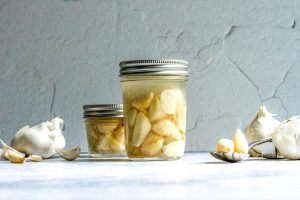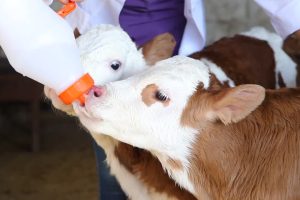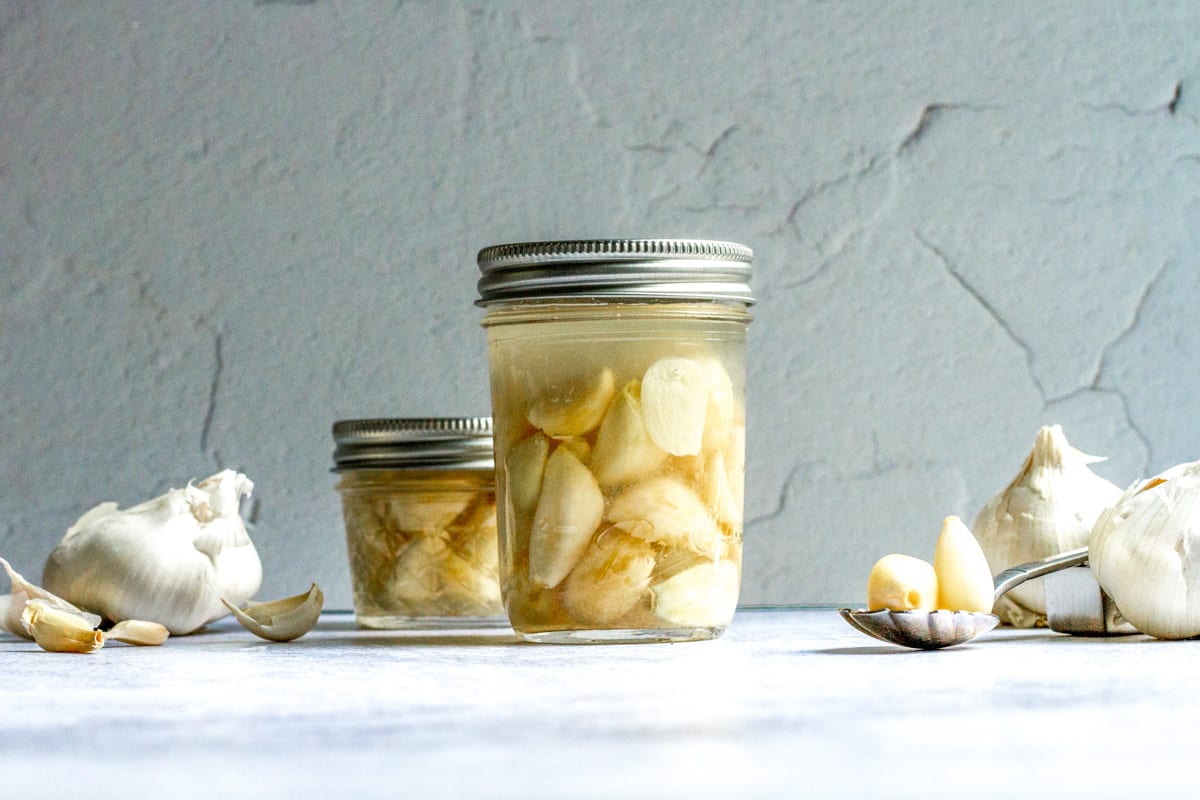Glandular therapy, a practice dating back centuries, involves the ingestion of animal organs or glandular extracts with the belief that they can support the regeneration and function of respective human organs. Although scientific studies in this specific area are limited, proponents of glandular therapy suggest that it can play a huge role in organ regeneration & hormonal balance
Understanding Glandular Therapy:
Glandular therapy can be traced back to ancient civilizations such as the Egyptians, who used animal organs for medicinal purposes. In the early 20th century, advancements in endocrinology led to the development of glandular therapy as a formal medical practice.
Glandular therapy is deeply rooted in the concept of “like heals like,” suggesting that by ingesting animal glands or organs, one can support the health and function of the corresponding human organ. Proponents argue that glandular therapy provides specific nutrients, enzymes, and growth factors that may aid in the regeneration and restoration of organ function.
Therapeutic use in history:
Glandular therapy, has roots in many ancient civilizations. Practices involving organ consumption for medicinal purposes were prevalent in various ancient cultures, including the Egyptians, Greeks, and Chinese.
- Ancient Egyptians: The ancient Egyptians believed in the principle of sympathetic magic, where “like heals like.” They believed that consuming specific animal organs could transfer the desired qualities or healing properties of those organs to the corresponding human organs. For example, consuming the heart of an animal was thought to strengthen the human heart.
- Ancient Greek and Roman Beliefs: In ancient Greece and Rome, the concept of “zootherapy” was prominent. This involved using animal products, including organs, for medicinal purposes. The belief was that consuming animal organs could provide specific health benefits or treat ailments associated with the corresponding human organs. For instance, consuming liver was thought to support liver health.
- Traditional Chinese Medicine (TCM): In Traditional Chinese Medicine, the use of animal organs, known as “zang fu” organs, is part of a broader practice called “organotherapy.” This practice involves using the organs of specific animals, such as pigs or cows, to support and nourish the corresponding human organs. It is believed that consuming these organs can strengthen and balance the associated organ systems, promoting overall health and vitality.
Ancient practices of glandular therapy attributed a range of benefits to the consumption of animal organs. Some claimed benefits and the corresponding ailments they believed glandular therapy could address include:
- Organ Strength and Function: It was believed that consuming animal organs could strengthen and enhance the corresponding human organs. For example, consuming brain tissue was thought to support cognitive function, while consuming liver was believed to improve liver health and detoxification.
- Vitality and Energy: Glandular therapy was often associated with improving vitality and overall energy levels. Consuming specific animal glands, such as the adrenal glands, was thought to enhance adrenal function and boost energy.
- Specific Ailments: Ancient practitioners believed that glandular therapy could address specific ailments associated with the corresponding organs. For instance, consuming lung tissue was thought to support respiratory health, while consuming kidney tissue was believed to benefit urinary system health.
Benefits of Glandular Therapy:
- Nutrient Support: Animal organs are rich in essential nutrients, including vitamins, minerals, and amino acids. Ingesting glandular extracts can supplement the body with these vital substances, supporting overall organ health and function.
- Vitamins: Organ meats, such as liver, are particularly rich in vitamins, including vitamin A, vitamin B12, folate, and vitamin D. For instance, liver is one of the best sources of vitamin A, which is crucial for vision, immune function, and cell growth.
- Minerals: Organ meats are abundant in minerals like iron, zinc, selenium, and copper. Iron, for example, is essential for oxygen transport, while zinc is involved in numerous enzymatic reactions and supports immune function.
- Amino Acids: Organ meats often provide a diverse array of essential and non-essential amino acids, which are the building blocks of proteins. These amino acids are important for tissue repair, growth, and overall health.
- Coenzyme Q10: Organ meats, particularly heart and kidney, contain relatively high levels of coenzyme Q10 (CoQ10), a potent antioxidant and a key component in energy production within cells.
- Omega-3 Fatty Acids: Some organ meats, such as brain and heart, contain omega-3 fatty acids, which have been associated with various health benefits, including cardiovascular health and inflammation regulation.
- Choline: Organ meats, including liver, are excellent sources of choline, an essential nutrient important for brain health, liver function, and metabolism.
- Hormonal Balance: Glands play a crucial role in hormone production and regulation; consuming specific glandular extracts, hormonal imbalances may be addressed, aiding in the regeneration of respective organs.
- Tissue Repair and Regeneration: Glandular extracts contain growth factors that can promote tissue repair and regeneration in specific organs.











